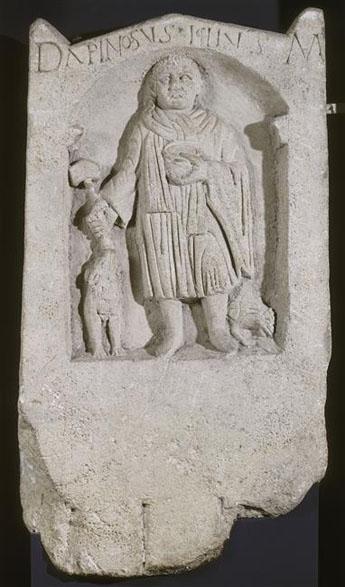Votre panier est vide
Besoin d'inspiration ?
Rendez-vous dans le programme en ligne du GrandPalais
Article -

La sculpture en pierre qui a résisté aux aléas du temps est mieux connue que la sculpture en bois, matière périssable, ou en bronze, métal souvent refondu pour d’autres usages.

Stone sculpture which has resisted the ravages of time is better known than sculpture in wood, which is perishable, or bronze, which was often melted down for other uses. It decorates the exterior and interior of buildings (temples, palaces, villas, tombs), presented as a frieze, relief, haut-relief or in-the-round. Sculpture comes in various sizes : it may be monumental, life size or reduced to small models of a few centimetres. Ancient sculptors favoured local materials: granite or greywacke in Egypt, marble in Greece, jade in China… Over the centuries, they developed astonishing talent. Mastering techniques, they defied the material and gave it increasingly realistic forms (resembling reality).
Votre panier est vide
Besoin d'inspiration ?
Rendez-vous dans le programme en ligne du GrandPalais
See content : 'Les métamorphoses du Grand Palais': a France 5 and france.tv documentary to watch again!

Article -
The Grand Palais is completing the biggest renovation project in its history. For the past two years, director Stefan Cornic has been tracking this metamorphosis with his camera, giving an overview of the multiple events that have taken place in the building since it was inaugurated in 1900. A documentary to watch again and again on France 5 and france.tv!
See content : From Paris 1900 to Paris 2024: the Grand Palais and its Nave, an architectural jewel restored right on time to meet sportsmen and women!

Article -
A regular venue for artistic and cultural events for over a century, the Grand Palais is reopening its majestic restored Nave for the Paris 2024 Olympic and Paralympic Games to become the place for fencing and taekwondo events! And don't forget: this is...
See content : Meanwhile, on the building site, the Grand Palais is back in full colour

Article -
A monument of stone, glass and metal, the Grand Palais blends into the urban landscape. However, on closer inspection, it is in fact bursting with colour, and one of the challenges of the restoration work currently underway is to restore all its chromatic...